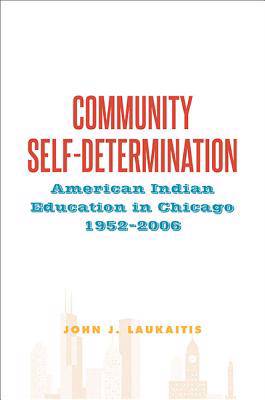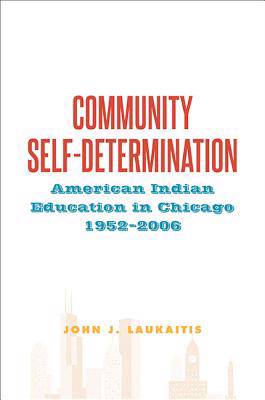
- Afhalen na 1 uur in een winkel met voorraad
- Gratis thuislevering in België vanaf € 30
- Ruim aanbod met 7 miljoen producten
- Afhalen na 1 uur in een winkel met voorraad
- Gratis thuislevering in België vanaf € 30
- Ruim aanbod met 7 miljoen producten
Zoeken
€ 145,45
+ 290 punten
Uitvoering
Omschrijving
After World War II, American Indians began relocating to urban areas in large numbers, in search of employment. Partly influenced by the Bureau of Indian Affairs, this migration from rural reservations to metropolitan centers presented both challenges and opportunities. This history examines the educational programs American Indians developed in Chicago and gives particular attention to how the American Indian community chose its own distinct path within and outside of the larger American Indian self-determination movement. In what John J. Laukaitis terms community self-determination, American Indians in Chicago demonstrated considerable agency as they developed their own programs and worked within already existent institutions. The community-based initiatives included youth programs at the American Indian Center and St. Augustine's Center for American Indians, the Native American Committee's Adult Learning Center, Little Big Horn High School, O-Wai-Ya-Wa Elementary School, Native American Educational Services College, and the Institute for Native American Development at Truman College. Community Self-Determination presents the first major examination of these initiatives and programs and provides an understanding of how education functioned as a form of activism for Chicago's American Indian community.
Specificaties
Betrokkenen
- Auteur(s):
- Uitgeverij:
Inhoud
- Aantal bladzijden:
- 282
- Taal:
- Engels
- Reeks:
Eigenschappen
- Productcode (EAN):
- 9781438457697
- Verschijningsdatum:
- 1/10/2015
- Uitvoering:
- Hardcover
- Formaat:
- Genaaid
- Afmetingen:
- 155 mm x 234 mm
- Gewicht:
- 589 g

Alleen bij Standaard Boekhandel
+ 290 punten op je klantenkaart van Standaard Boekhandel
Beoordelingen
We publiceren alleen reviews die voldoen aan de voorwaarden voor reviews. Bekijk onze voorwaarden voor reviews.











